Our Blog today features our February topic for our Think aBout It educational campaign. Education is at the heart of what we do, and our Think aBout It campaign aims to dig deeper into all aspects of TBIs and neurological conditions. This February, we will cover research that suggests the ketogenic diet positively impacts neurological health.
What is the Ketogenic Diet?
Commonly known as “keto”, this diet is a low-carbohydrate, high-fat diet designed to induce a state of ketosis in the body. In ketosis, the body shifts from using glucose as its primary energy source to burning fats, leading to various metabolic benefits.
Improved Cognitive Function: Ketones, the byproducts of fat metabolism during ketosis, are a positive and potent energy source for the brain. This may result in improved mental focus, clarity, and cognitive function.
Neuroprotection: The ketogenic diet has shown promise in providing neuroprotective effects. It may help mitigate the risk of neurodegenerative diseases. Researchers tell us that more research is needed to validate.
Seizure Control: Historically, the ketogenic diet was developed in part as a diet-based treatment for epilepsy. It has been particularly effective in reducing seizures in some individuals, especially children with drug-resistant epilepsy.
Inflammation Reduction: Chronic inflammation is linked to various neurological disorders. The ketogenic diet's anti-inflammatory properties may contribute to better brain health and a lower risk of neurological issues.
Getting Started with the Ketogenic Diet
If you're interested in the potential benefits of the ketogenic diet for neurological function, here are some practical tips to get started:
Consult your doctor or a Healthcare Professional: Before embarking on any dietary changes, it's crucial to consult with a healthcare professional, especially if you have pre-existing health conditions.
Gradual Transition: Transitioning to a ketogenic diet should be done gradually to allow your body to adapt. Start by reducing carbohydrate intake while increasing healthy fats.
Diverse and Nutrient-Rich Foods: Ensure your ketogenic diet includes a variety of nutrient-dense foods, including vegetables, nuts, seeds, and high-quality fats. And account for dietary fiber needs.
Stay Hydrated: Adequate hydration is essential, especially during the initial stages of ketosis. Drink plenty of water to support your overall health.
And see all our Think About It material by going to our Think about It tab in programs on our webpage.






